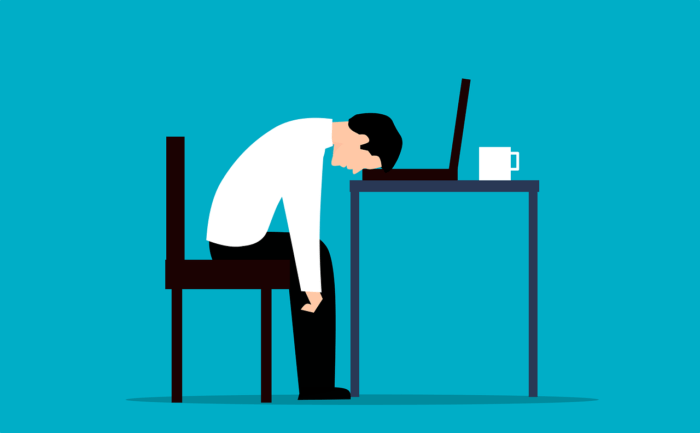Beating Burnout: Strategies for Reducing or Relieving Signs and Symptoms of Burnout

Blog
Recently, we talked about why or how burnout can be serious, as well as signs and symptoms of burnout.
In this article, we are going to share some strategies for beating burnout, or at the very least, for reducing or relieving signs and symptoms of burnout.
As we mentioned, it is not unusual for people to feel stress at work or even exhausted or overwhelmed with work from time to time. What we need to watch for is when the signs and symptoms of burnout become severe and chronic or long-term. Remembering, of course, that addressing burnout as soon as possible, gives us the best chance of mitigating it to the greatest extent.
Obviously, preventing burnout is desired over treating or trying to eliminate burnout that already exists. However, the strategy is really the same for both.
Primarily, the solution revolves around learning better mental and physical coping mechanisms, as well as working on our mindset in general, and learning how to manage our perceptions.
Specific strategies for treating burnout signs and symptoms can include:
- Redirecting our mindset to realize that perception isn’t always reality
- Changing our self-talk
- Taking a vacation (even “mini-vacations” can be super helpful)
- Practicing mindfulness
- Learning stress reduction
- Improving diet and fitness
- Improving time management
- Understanding how all of the above impact—and how improvement in these areas can also improve—wellbeing.
Unfortunately, a lot of well-meaning experts will tell us that we need to first try and manage the causes of our burnout and if we can’t, that maybe we should consider changing jobs or employers. Well, if we like our job, or we are the boss, then leaving our job may not be a viable answer. And truly, if we don’t work on the strategies above, then we will likely find that even if we change WHERE we work, burnout will simply follow us to the next job or company.
But how does improving the above areas work to help treat the signs and symptoms of burnout?
Again, the first thing we need to do is change the way we look not just at work, but at the world. It’s been found that more positive people experience less burnout. This is often because positive people tend to look for the positive side of things—such as the lessons learned from challenges, setbacks, and even “mistakes” or “failures.” This helps them be more resilient and higher resilience is associated with a lower frequency or incidence of burnout. Thus, we need to look at our perception if we are experiencing signs or symptoms of burnout and see if we need to make adjustments there.
This goes hand in hand with changing our self-talk. Our self-talk—or the words and ideas we use with ourselves when challenges arise, or when stress or pressure occurs—can definitely create or increase burnout.
And then, sometimes, just a good break will do a world of good. Very often, simply taking some personal time on the weekend where we totally avoid thoughts of work, email, etc., can really be beneficial for less serious cases of burnout. For more severe cases, sometimes a longer vacation or time away might be necessary.
Although, it’s critical to remember that if we don’t address or work on all the other strategies—from mindset and perception, to overall health, and even our time management skills—burnout could quickly return, even if a break or time away seems to temporarily solve burnout issues.
In upcoming weeks, we will share specific ideas for the other burnout prevention and treatment strategies. Helping beat and treat burnout is critical for today’s business owners, workers, and really, everyone who exists. Hopefully, the information we have shared and will be sharing will be helpful.
